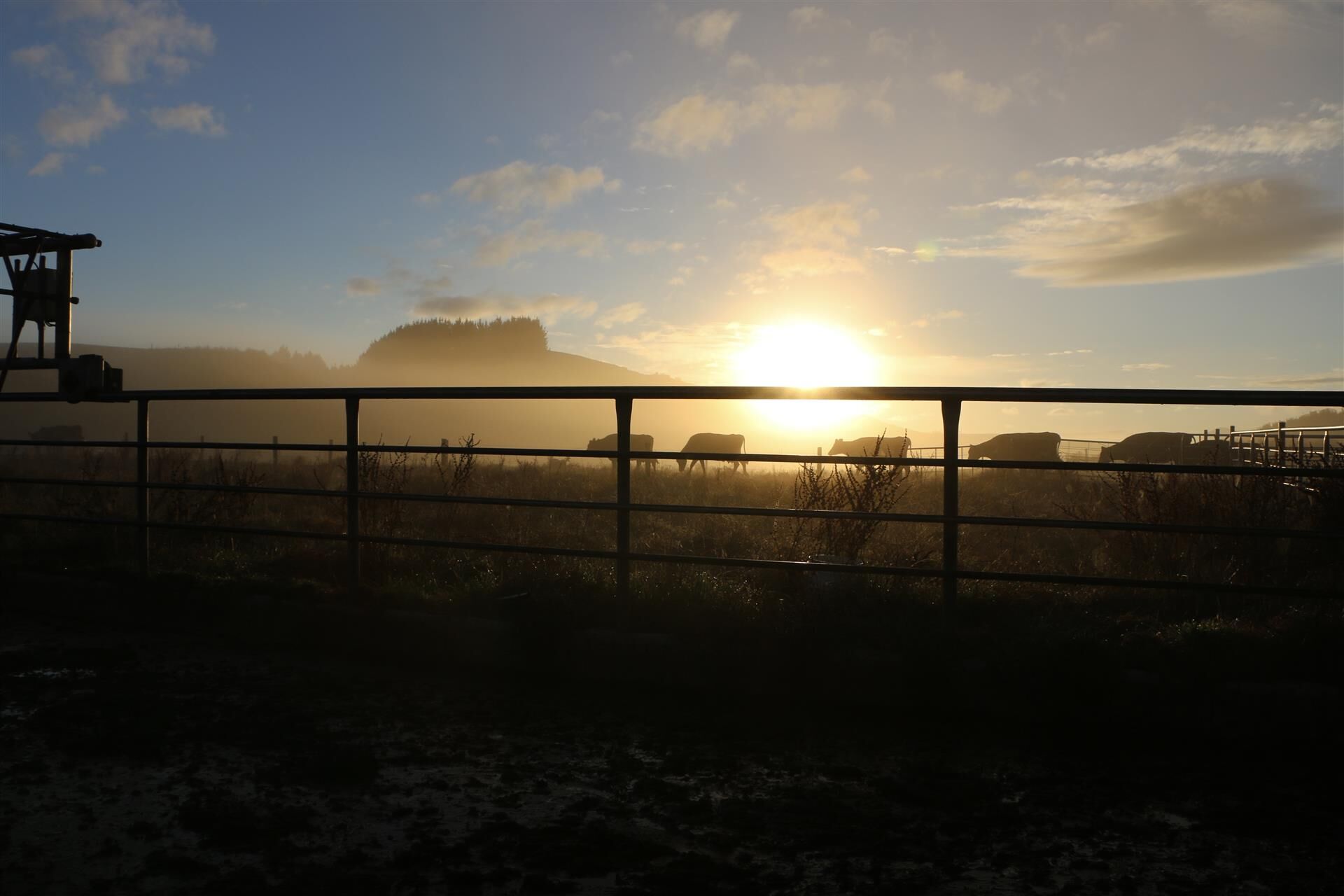Rural Insight -
Dairy prospects under seasonal spotlight

After three tough, dry summers in many parts of the country’s dairy regions, abundant summer rainfall has done much to help ease that risk again, and help dairy farmers keep ever creeping costs in check with more options to use cheaper homegrown grass than bought in supplement for the summer.
Milk solid prices have eased from their record highs of the past year, however prospects for a $9/kg milk solid pay out remain. This will continue to weather the storm of double-digit inflation the sector has experienced in farm gate costs over the past 12 months.
For many dairy farmers facing a lift in their interest rates, there is the added comfort that the past few years of debt reduction have added a buffer to their ability to withstand a higher interest rate on what they do still owe.
Nick Hawken, National Director Rural says that while the cost of debt might be increasing, access to debt remains relatively sound for those more well capitalised operators, which is positive for the dairy real estate sector.
“Despite these pressures on the bottom line, we continued to see quality properties sell very well through spring and the end of last year,” he said.
Over the past eight years, banks have placed greater emphasis upon farms’ ability to generate genuine cash flow returns rather than subjective capital gains that underpinned a portion of earlier lending.
With this has come greater sector discipline when making debt backed investment decisions, with dairy farmers generally clearer eyed about assessing their farm’s productive or land value.
Over the past three years, total dairy sector debt has been progressively chipped away at by operators. Since its high-water mark in 2018, total dairy sector debt has declined by about 12% or $5 billion, to sit well below an average industry debt of $20/kg milk solids. Overall, global dairy production is anticipated to lift this year after five successive quarters of global milk supply decline, particularly out of the European Union and the United States, with total supply anticipated to lift by about one percent.
Generally, there are no untapped, logical pools of future milk source increases to be found globally, while compound annual growth in dairy demand globally is anticipated to increase by 6% between now and 2028 as it returns to pre-pandemic growth rates.
This well outstrips expectations of 1-1.5% growth in supply volumes per annum.
Nick Hawken says this shows continued improvement in the longer-term fundamentals supporting the sector, something that attracts or influences investment.
“Kiwi dairy farmers have proven adept at adapting to a very different lending environment, chopping down their debt exposure and really scrutinising each and every cost centre on their farm. They recognise that their farming assets are not just the tangible assets they can see and touch, but those intangible assets that add to their productivity.
“The properties now being offered to the market are coming at a time when the wider fundamentals of global supply and demand are set up in their favour – put simply, more people want to consume more dairy, and the global growth in supply is looking quite tight over the coming years, but with increased costs challenging the bottom line.”
Here at home, there has been much coverage and debate about the impacts of regulations on dairy farms, including greenhouse gases and water quality.
“If freshwater environment planning isn’t already, it is becoming part of every farm’s operating requirements, with significant amounts of work being done around riparian protection and winter grazing.
“With the latest announcements through He Waka Eke Noa and dairy processor initiatives, we are starting to see an outline of how it will respond to greenhouse gas emissions in coming years.”
Large processors including Fonterra through its Co-operative Difference scheme and Synlait through its Lead with Pride programme continue to help set a pathway for farmers to address sustainability goals (while also receiving greater reward for achieving them).
In the longer term at a trade level the sector also has an opportunity to reduce its reliance upon China, thanks to a raft of free trade agreements that incorporate dairy into loosening quota and tariff constraints.
While there may still be some time before the EU and United Kingdom agreements result in the easing of quota limits, much of south-east Asia now offers expanding opportunities thanks to an aging population and agreeable trade access.
Fonterra has identified Japan for example as a nation where over a third of its population are over 65, and that a high proportion of seniors are demanding more protein to maintain a healthier older age. This is also coming as its population continues to shrink in numbers. A similar scene is being created in countries like Taiwan and South Korea.
The latest Situation and Outlook Primary Industries report, published by MPI in mid-December, highlighted the positive end to the dairy season farmers should expect. The report highlighted how dairy was expected to enjoy the bulk of the sector’s annual export growth, up 6% in revenues to $23.3 billion to June 2023, compared to the entire sector’s annual growth of 4%.
“Dairy has displayed a remarkable level of adaptability and capacity to roll with the many challenges it has faced in the past decade. With tighter regional council regulations almost ruling out the ability to convert more land to dairying, there should be a good level of confidence that as an asset, a good dairy farm that has future-proofed itself offers a very sound, high-value food producing investment option,” Hawken says.

Read more...